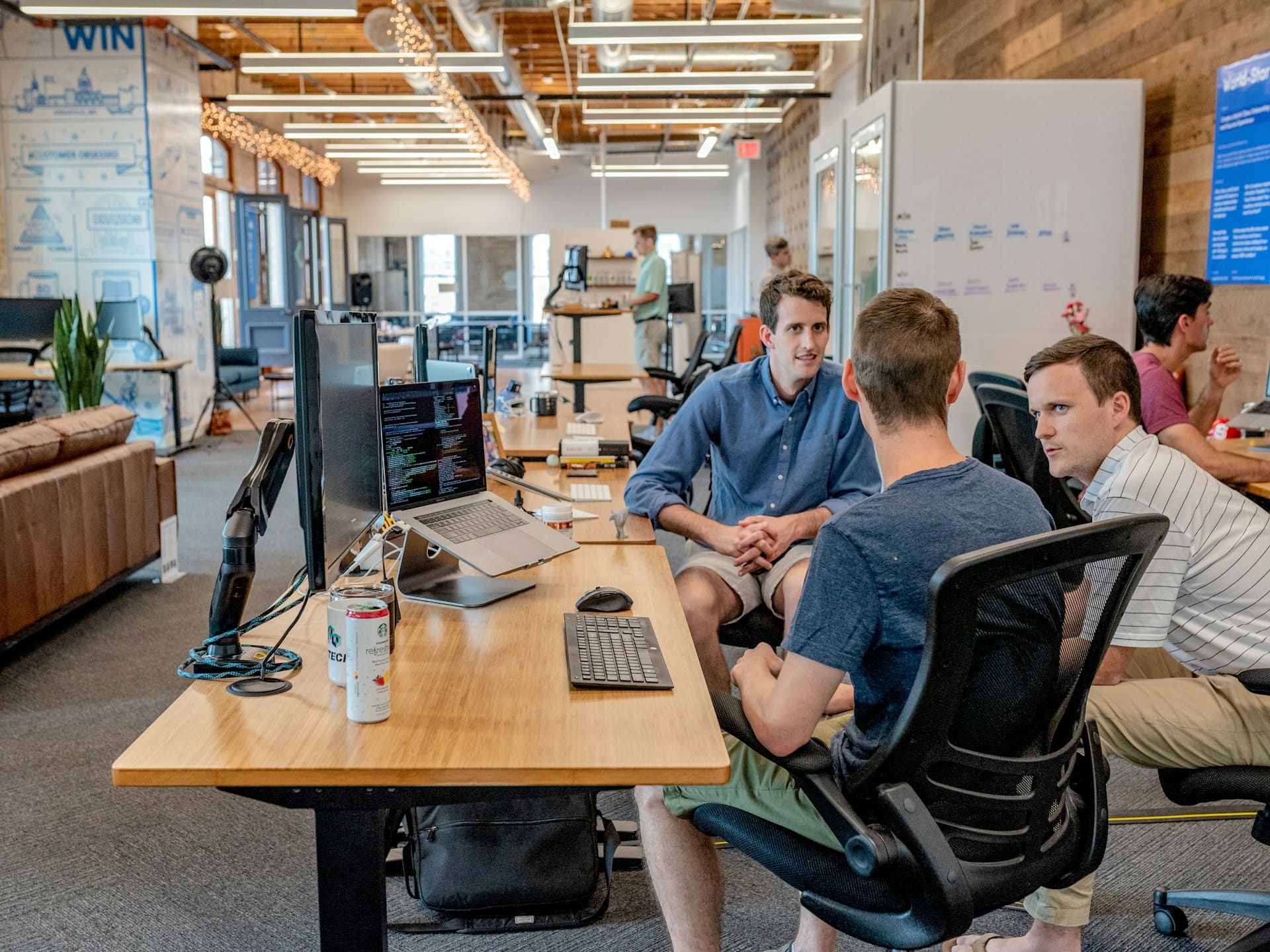How to Use Online Diversity Training Effectively
By now, we are mostly all convinced that diversity and inclusion training is relevant to the workplace, and there is considerable value to be had from undertaking diversity and inclusion eLearning. We want the latest insights and to ensure we are knowledgeable on it as well as related subjects. We will, therefore, also be open to undertaking unconscious bias eLearning, etc. to broaden the scope of understanding. Once we have gone the extra mile with all our online learning, we need to consider how to capitalise on it in the workplace.
We know that the more integrated our approach to learning, the more likely we are to have the necessary expertise to function well within a particular learning domain subsequently. However, how to use equality and diversity eLearning in everyday work activities is not always that obvious. We may be a little daunted by the overall task and fear making changes in the way we approach things or behave. After all, people around us have come to expect that we do things in a certain way or have a particular perspective.
Depend on yourself first
A good place to start is to take some time for quality reflection immediately after online diversity training. We want to make a list of our personal priorities and start to map out a plan to deal with the most important and urgent change imperatives as we determine them. We all know that the quicker we start to utilise the training we have received, the more likely it is to become entrenched.
If we can marry our priority list with the core aspects of our work, even better. For example, if we are spending a lot of time recruiting a human resources person, it would be a good idea to target aspects of the recruitment policies, procedures, and process that could benefit from a review and revamp as highlighted in equality and diversity eLearning. Consideration might be given to who is on the recruitment selection panel to enhance more diverse decision-making, etc. The list of opportunities is obviously endless. The most critical issue is to achieve the most impact as soon as possible whilst ensuring that whatever we do is aligned with the critical principles and is sustainable.
Keeping online learning diversity alive in the workplace will take constant focus. It is, therefore, important to commit to our own weekly personal plan, do, and review cycle, at a minimum, of our priority list. This is beyond the organisation’s processes in this regard. We will see where what we are doing personally fits into the bigger picture of organisational change initiatives and we would certainly want to make our contribution to its evolution as well. However, it is crucial that everyone address diversity and inclusion in a manner and pace that makes sense to them.
Normally the job that we occupy is aligned with our strengths. It, therefore, makes a lot of sense that each person tackles diversity and inclusion challenges first and foremost from their role’s perspective as well as their personal perspective. We will naturally connect with the diversity and inclusion eLearning aspects that touch on our required contribution areas. Leaders will automatically be drawn to ask compelling questions associated with how they would do a better job inspiring, guiding, facilitating, and directing, having been through online diversity training. Often the learning will help them redefine or reinterpret their roles significantly.
Harness your strengths
The additional benefit is that the most meaningful rewards are likely to flow immediately to individuals as they tackle their personal priority- and role-related lists. People need to remain motivated and passionate about aspects of online diversity training long after the event. Early positive evidence of change goals being realised will be self-fuelling. We want everyone to feel that the investment and sacrifices that they are making in the interests of transformation are worthwhile and in the right direction.
Without a doubt, the more practical we are in deciding how to do our jobs differently or better, associated with diversity and inclusion eLearning, the more we will excel. The more concrete our commitments and measurable, the more we are likely to be effective. In this instance, although we start from our personal perspectives on priorities, the true arbiters of success and satisfaction will be amongst others. We should not lose sight of this and, therefore, include mechanisms for giving and getting genuine feedback among our priorities. This way, our priorities will remain flexible within our personal review process and allow our journey to be ultimately always flexible and dynamic.
The real beauty of equity and diversity in eLearning itself is that not only can we go back to it time and again to seek wisdom and options for tackling our problems and issues, but it is also constantly updating and evolving. We can, therefore, be confident that we will always find others who are grappling with similar items to us and sharing potential solutions. As long as we maintain our courage to try new and different options as part of transformation discovery, we will never be disappointed at the wealth of insights and guidance provided. This makes the whole endeavour one of strife rather than struggle. With the world’s best expertise on offer through professional eLearning, we are sure not to fail as we write our own script.






